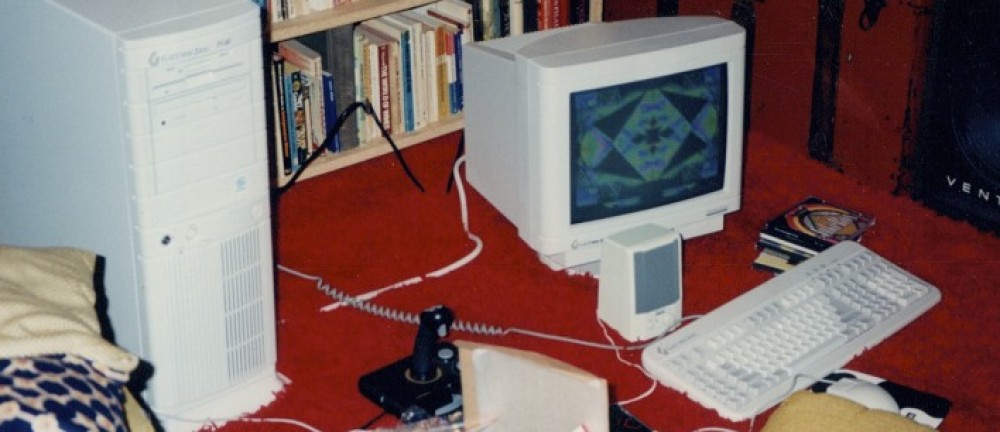We’ve had the Gigamacro and the photogrammetry capture station up and running for about a week now. While both technologies are relatively straightforward in terms of the technology, it’s clear that both benefit from a lot of artistry to get the most out of them.
The Gigamacro is conceptually very straightforward. It’s just a camera that takes many close-up photos of an object, and then combines all those photos into a single high resolution output. The camera uses a fixed lens (rather than a zoom), and we have a variety of lenses with different levels of magnification. Two of the challenging parts of using the Gigamacro are focus and lighting. At very close distances, with the types of lenses we’re using, the “depth of field” is very narrow. Depth of field is something we’re familiar with from traditional photography – when you take a picture of a person, and the background is nicely blurred, that’s due to the depth of field. If everything in the photo is in focus, we say that it has a very wide depth of field.
With the Gigamacro, and using a high magnification lens, the depth of field is typically on the order of a few hundredths of a millimeter. The Gigamacro solves this by taking many photos at different distances from the object. Each of these photos can then be combined (“depth stacked”) into a single photo in which everything is in focus. Even on a surface that appears perfectly flat, we’re finding that a few different heights are necessary. With a more organic object, it’s not unusual to need to capture 40 or 50 different heights. Not only does this greatly increase the number of photos needed (we’re currently working on a butterfly consisting of 24,000 photos) but it increases the post-processing time necessary. All of this means we’re greatly rewarded for carefully positioning and preparing objects to minimize height variation when possible.
Another issue is light. The Gigamacro has two adjustable flashes. These mean there’s plenty of light available. At very close distances though, it’s important not to cast shadows or overexpose areas. We’re starting to get a better understanding of how to adjust the lighting to deliver quality results without losing detail, but we’re still learning. In addition, the package we have includes some filters for cross-polarizing light, which in theory will allow us to capture very shiny surfaces without reflections.
So, what’s it all look like? We’re still working on building a sample gallery, but below is one example. This is a small fish fossil, captured with a 100mm lens. The original object is approximately 3 inches across. In terms of the gigamacro, this is a very low resolution image – only approximately 400 megapixels. We’re finding that this technology is much more impressive when you’ve seen the physical object in person. Only then do you realize the scale of the resolution. We’ll be sharing more samples as we get more experience. Just click to zoom. And zoom. And zoom.
Photogrammetry
Photogrammetry is the other main technology we’re working with at this phase. Our new photogrammetry turntable is working well, and we’re continuing to explore different lighting setups and backdrop options for the space.
Because we’ve got a processing workstation near the photogrammetry station, we’re able to stream photos directly from the camera to the computer. There’s no need to manually transfer files. This, combined with the automation of the turntable, means we can do a basic photogrammetry pass on an object very quickly, then make adjustments and try again.
Below is one of our first finished objects, a small plastic dinosaur. This object is far from perfect – in particular, the tail needs additional cleanup, and there’s some “noise” around the base. This is a combination of two passes, capturing the top and the bottom of the dinosaur. It’s made of 159 individual photos, all processed with Agisoft Photoscan Pro. We’re excited to compare Photoscan with Autodesk Remake, but a recent Windows update broke Remake. Hopefully they’ll get that fixed soon.
